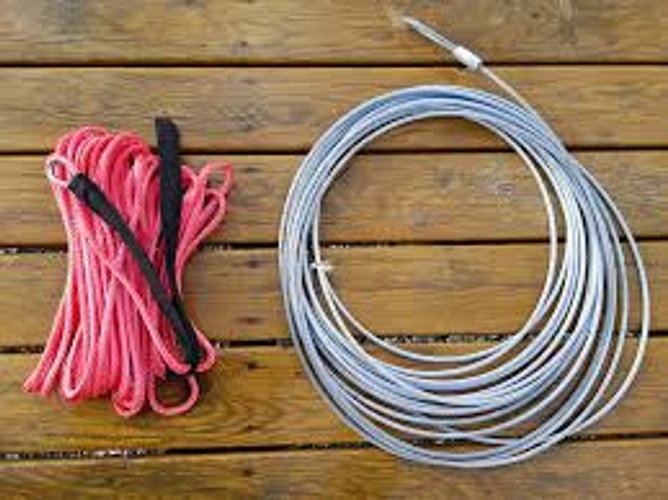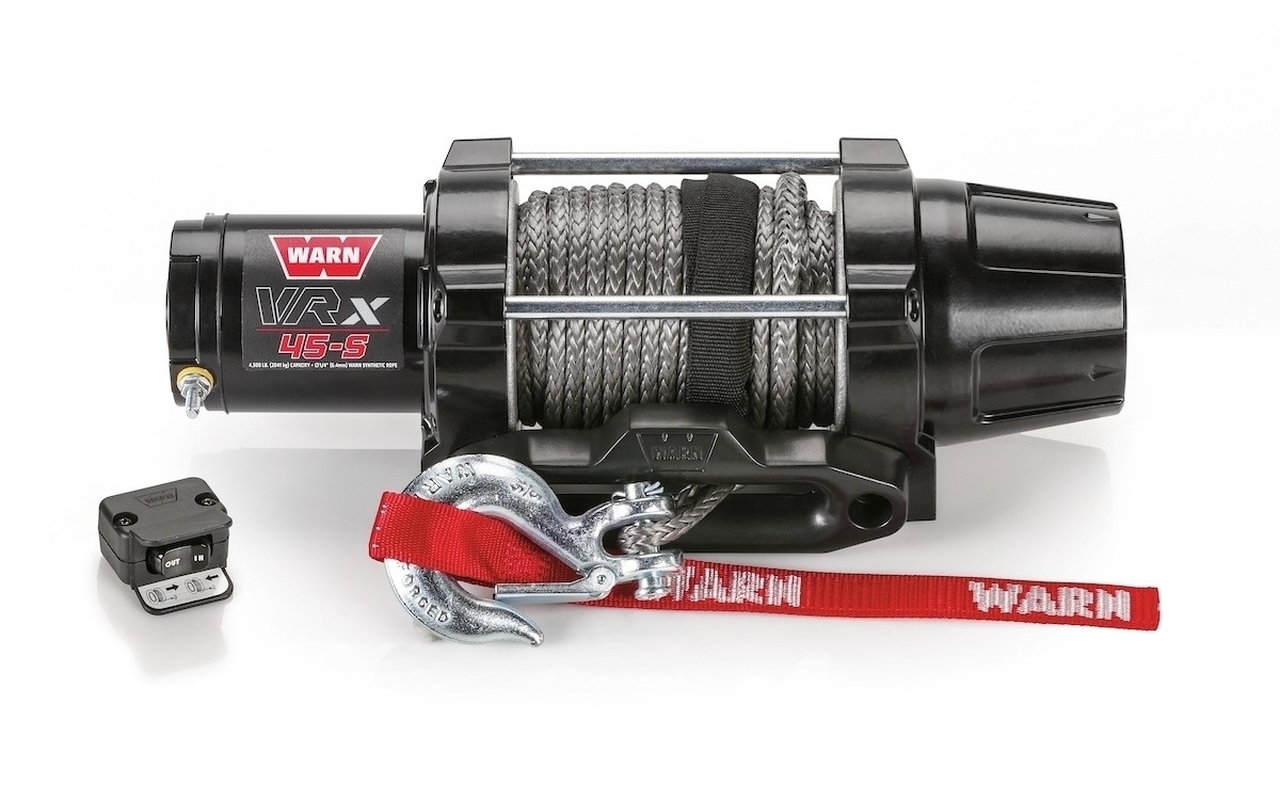Synthetic or Steel: The Great Winch Cable Debate
Aug 30th 2020
Once again, focusing on user experience allows us to clarify an issue that has doubtlessly stirred up more than a few rousing debates among UTV enthusiasts. In the same way that Can-Am Maverick winch manufacturers prioritize user experience to make an excellent product, we riders can decide whether we want a steel or synthetic winch cable by taking a look at our average day of chores. In other words, what do you need it for? Context is everything when it comes to choosing your winch cable, so we’re going to take a look at which one (steel or synthetic) does what the best. First, though, come the introductions.
Steel Winch Cable
Like so many other manufacturing staples in and out of the UTV industry, what is now synthetic (or partially synthetic) was long preceded by tougher, heavier, solid steel. Steel winch cables, like the one that comes included with this extremely powerful Can-Am Steel Cable Max 3000-lb. Winch by Viper, are highly wear-resistant in tough environments. This ability to handle dust, jagged debris and sand without fraying does come with a downside, however, as steel may rust after enough abuse. Oil can help to mitigate this, but not fully. Finally, as strong as steel is, it does have a habit of binding up more easily than its synthetic counterpart.
Synthetic Winch Rope
Eventually, the synthetic rope gained enough of a following that it started to rival steel in the Can-Am winch market and other areas of manufacturing. Thanks to this demand, we now have compact, hard-hitting, and highly efficient synthetic winch kits like this Can-Am Axon 4500-RC Powersport Winch with Synthetic Rope by Warn. What’s the big deal, you might be thinking? Strength is the landscape here, and synthetic rope is loaded with it. In fact, synthetic rope is more than a dozen times stronger than steel. Not to mention, it’s about a quarter of the weight, and less likely to turn into a deadly missile in the event of a sudden failure. Where the steel cable binds up, synthetic rope keeps its shape, taut or not. In a nutshell, synthetic is more flexible, stronger, and lighter than steel. Paradoxically, it’s less durable than steel because it will show wear sooner, but it’s more durable than steel in the sense that it has a higher breaking threshold. If it ever does break on you, there’s a better chance (than with steel) that you can fix it without heading back to the shop.
It may sound at this junction like synthetic rope is ahead by a mile, and many Can-Am riders do swear by it, but there are still a few downsides involved with this polyethylene material. More than just showing wear, they can break more easily after being exposed to hot temperatures, so make sure to check that yours has a coating. This kind of rope is also prone to catching on certain points of the roller fairlead, which is why a Hawse is always a great idea. Another element that can gradually weaken the overall integrity of the rope is simply dirt and debris. For this reason, make sure to clean your synthetic rope often.
Still Torn? Let’s Run the Pros and Cons
If you haven’t caught on by now, the idea here is that neither steel nor synthetic Can-Am winch cables are superior, and that it’s your specific needs that will determine their success. That being said, a pro/con list showing you their strengths and weaknesses will help you pick out which style of cable is most appropriate for your situation.
Steel Pros & Cons
- Pros
- Tougher than synthetic
- Much harder to scratch/fray
- UV resistant
- Cheaper
- Equal performance with either fairlead
- Cons
- More weight
- Potential to whip much harder upon breaking
- Won't float
- Rigid; tougher to position
- Binds up occasionally
- Tougher to repair on the go
- Tendency to rust
Synthetic Pros & Cons
- Pros
- Significantly lighter
- Stays flexible
- Much less likely to flail when broken
- Floats
- Reparable on the go
- Won't bind up as readily as steel
- Doesn't rust like steel
- More style/color options
- Poor thermal/electric conductor
- Cons
- Requires more frequent cleaning
- Rip-offs abound
- Generally more costly than steel
- Will hold water and potentially freeze
- Damage is harder to see
- More likely to fray with harsh terrain
- Sensitive to heat
- Not UV resistant
This is everything you need to know in order to decide on a steel versus synthetic winch for you Can-Am. Once you stop thinking in terms of “which one is better?” and start thinking “which one is better for my situation?” you’re that much closer to building the perfect UTV experience, mud and all.



